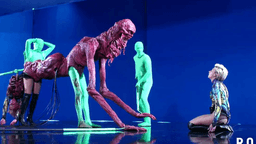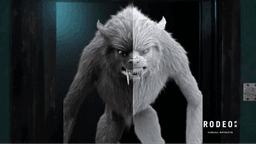Dune: Prophecy Season 1 VFX Breakdown by Rodeo FX
921
0
9 months ago
Rodeo FX - Following our work on Dune and Dune: Part 2, we were thrilled to return to Frank Herbert's universe for the HBO prequel series Dune: Prophecy. Set 10,000 years before Paul Atreides' story, this project took us beyond Arrakis to the stunning Imperial Palace on Kaitain, brought to life through intricate full-CG shots and set extensions. Get an inside look at how our team crafted the impressive Imperial Palace in our latest VFX breakdown.
Secrets Hides in the Palace
After our work on Denis Villeneuve's masterpieces Dune and Dune: Part 2, we were honoured to be asked to come back to the world of Frank Herbert, this time for the HBO prequel series, Dune: Prophecy. Set 10,000 years before the events of Paul Atreides story, this was a perfect occasion for us to leave Arrakis and visit another iconic location: the Imperial Palace on Kaitain and its surroundings for many full-cg shots and set extensions.
The landscape revolves around a majestic palace surrounded by opulent gardens, grand monuments, and terrain overlooking a vast ocean.
The visual style of this world drew inspiration from the photography of Petros Koublis and the Mediterranean countryside. To bring this vision to life, we began by creating a library of animated vegetation, tailored to reflect the reference biome. Additionally, we developed a comprehensive procedural shader library and a range of generic assets, such as outdoor furniture and ornaments, for use across the environment. Cliff faces and terrain elements were crafted by combining sculpting techniques with instanced photoscanned elements, enhancing detail and realism.
"The scale was a massive challenge. The Palace is immense, bigger than anything you could imagine, so we had to find references points within the shots to help read the size in this lush environment." - Julien Hery, VFX Supervisor
After receiving the initial concept designs from the client, our in-house art department refined the vision, finalizing the look before the generalist team segmented the environment into distinct sub-environments. The assets team then integrated real-world sets into these sections to ensure seamless staging for plate photography.
Water simulations for the palace’s waterfalls and garden fountains were developed at the asset level and strategically placed throughout the scene.
Procedural ocean tools were utilized extensively for both the ocean and garden water pools, allowing shot-specific adjustments to parameters like water movement, speed, and strength to meet the unique demands of each sequence.
To populate the environment, we deployed hundreds of millions of instances for detailed set dressing and vegetation. This included nested instancing for fine elements such as tree leaves and floating algae, as well as instanced geometry for pathways and architectural details.
Exterior lighting was designed using a physical sky model to establish the time of day and overall luminosity, further refined with image-based lighting to enhance mood and atmosphere.
To achieve a striking nighttime ambience, hundreds of lights were placed throughout the palace and its gardens, complemented by volumetric haze to add depth and drama.
This intricate environment not only serves as the background for political schemes that will define the future of the entire Imperium, it is also a true masterpiece developed by countless artists and we are extremely proud of the final result. An achievement that earned us a nomination for outstanding Environment in an Episode at the 2025 VES Awards.
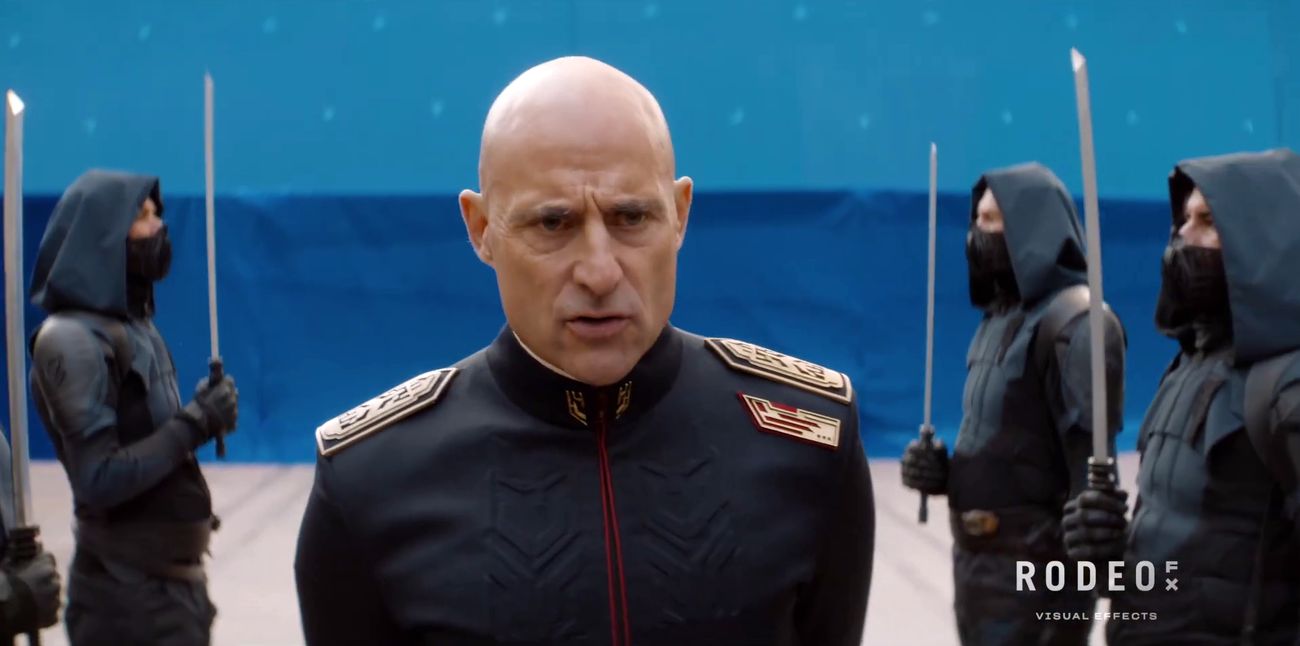
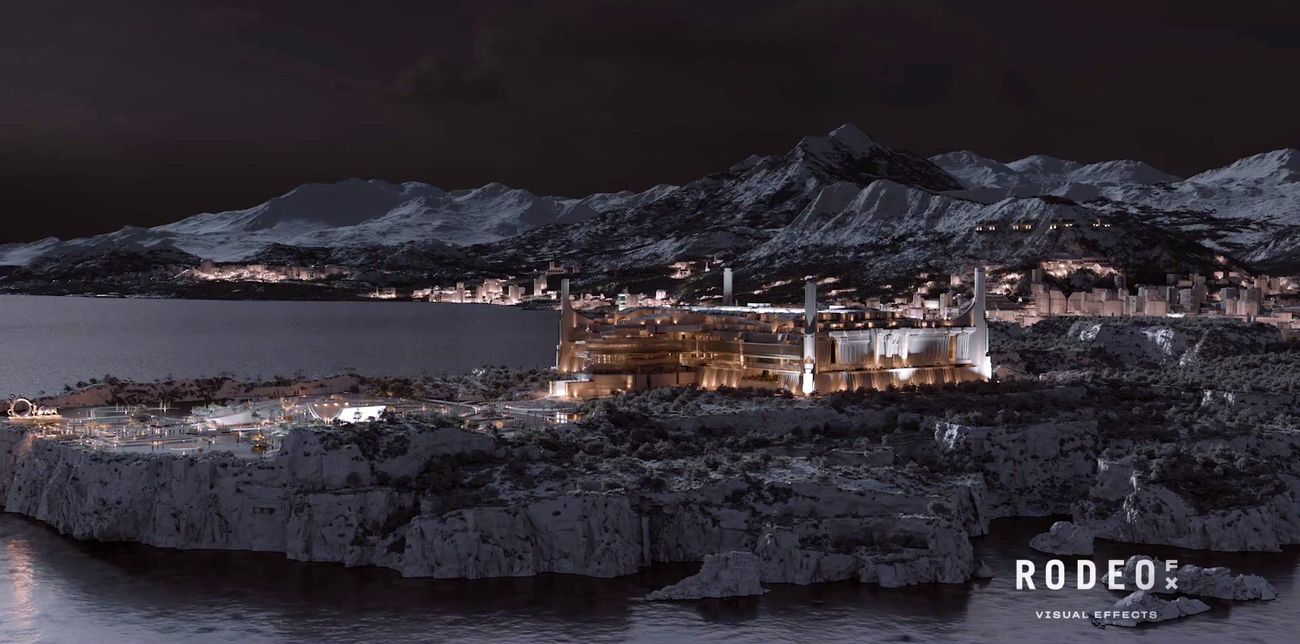
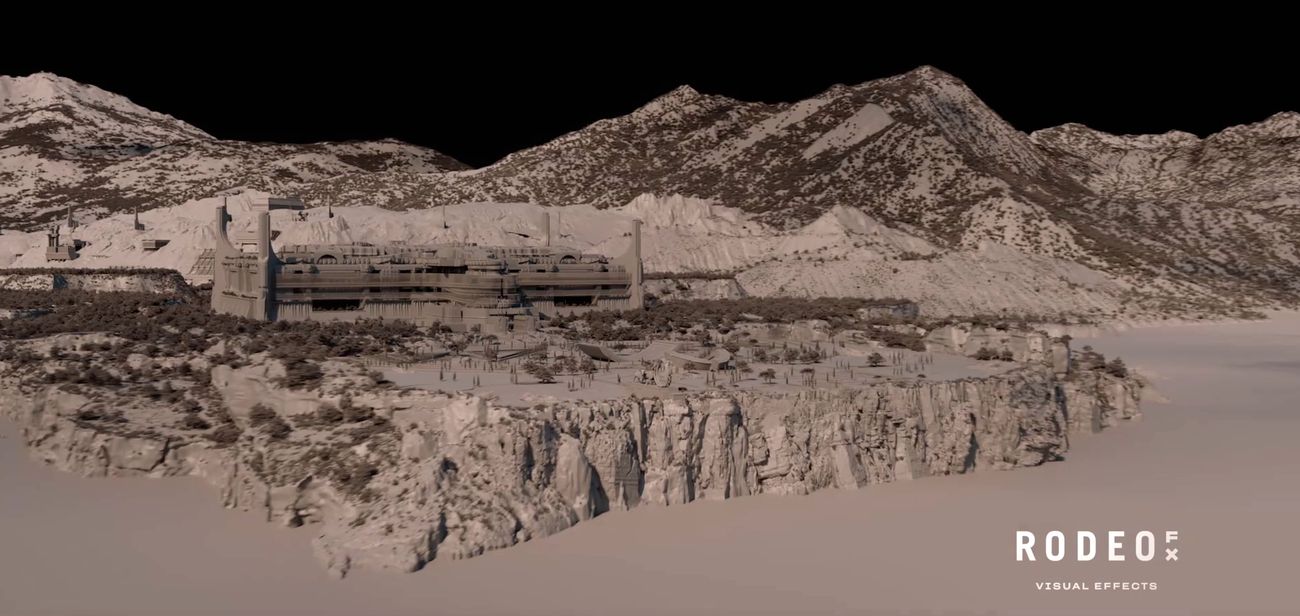
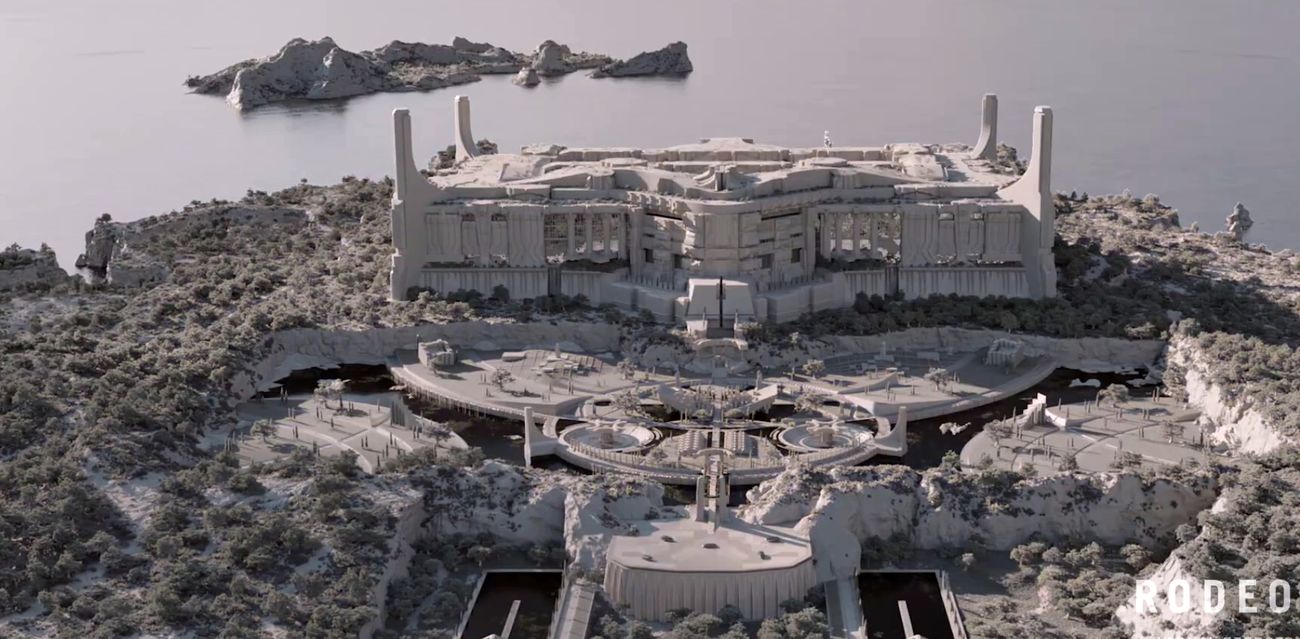

Your Comments Can Make Someone's Day More bright..!!!"
0 Comments
No Comments


